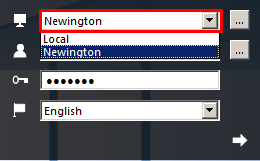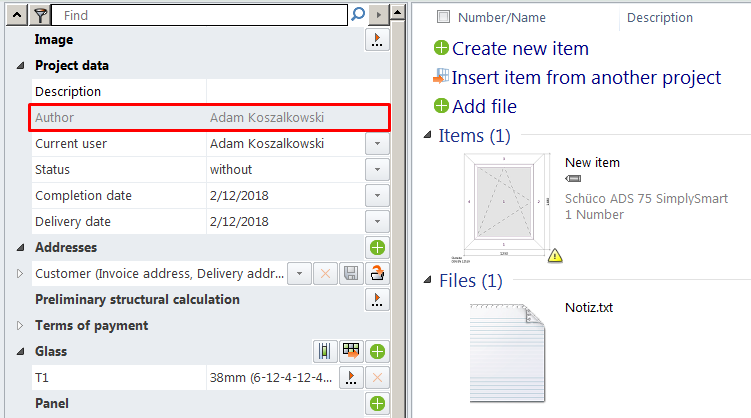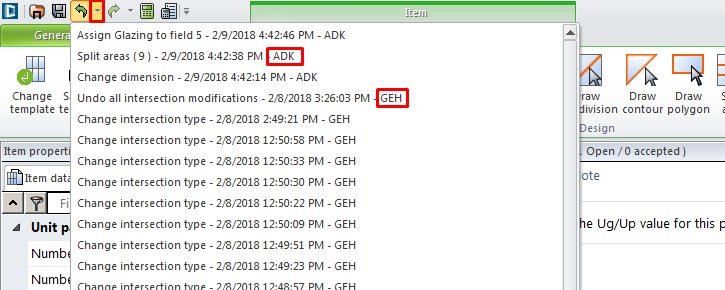Adavntages of Schucal server database
Schucal server database is available for dedicated users working in local network or external location over VPN.
Server database advantages:
| Projects exchange | All Schucal projects are instantly accessible for all Schucal server users. It is not necessary to export/import projects to exchange the work over the office. |
| Roles separation | Each user belongs to one or more Schucal group. – Drafting: Users have access to design and drafting area. No access to estimating or fabrication information. – Estimating: Users have access to drafting and estimating content. – Fabrication: Users have access to drafting and fabrication content. |
| Changes tracking | All user operations are logged in the project database and can be reviewed or undone any time. |
| Configuration compatibility | All Schucal settings are stored in one central location and are same for all users. No risk of having different calculation from one job because of different local user settings. You will always work with common configuration of system settings, profile colors, no need to update monthly EUR/USD conversion rate. |
| Security | Project and configuration database is archived by server-side services every hour. |
Start Schucal. On login window change profile from Local to Network (or other database name created by Administrator):

Under User choose your name and type your Password:

Click Start (White/green arrow) or hit kayboard Enter.
You can still access your old database by restarting Schucal and choosing Local profile.
Project Browser
You can activate project author name in the project browser column. Right click over project browser header and click Author.

In project properies under Project data we can find Author name as well.

Outputs have author name in the project description:

Changes tracking
All user activities in the project are logged with project datebase and are available for later review through the project lifetime.
Click small arrow next to the Undo button. You can see changes log in following syntax:
Task – Date – Time – User ID
User ID index consist of user first letters on user first name and one letter of surname.

Now you can check changes made by the user and click task on the timeline to undo to that date.

